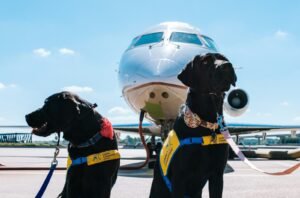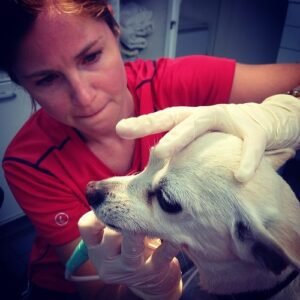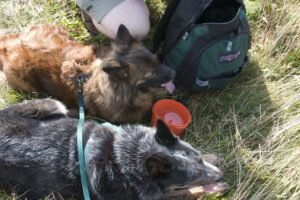Prevention is the main key in order to avoid diseases and illness from attacking your dog. In fact, the best prevention begins even before you start breeding the dog. But what do you do if your pet was born with a health problem?
There are a few options for you to choose from when helping your dog that is born with a congenital defect. Often times, surgery can correct a structural defect. Other aspects such as good feeding, good amount of exercise, proper grooming and veterinary care all help in controlling certain disorder and symptoms from occurring. But the most effective treatment for congenital defects is in preventing them from happening in the first place.
Here are five ways on how you can prevent congenital problems in your dog:

1. Never breed unhealthy dogs
Get together two unhealthy dogs and you have the perfect recipe for unhealthy offspring. Even if one dog is in good health, mating that healthy dog with one that is in poor condition still produces a very high risk of congenital problems to develop in their offspring. You must avoid breeding pets that have obvious birth defects or behavior problems. Although the dog may not have a specific genetic problem, its overall support system is not a good candidate for developing healthy offspring. In addition, avoid acquiring such pets unless you are willing to give them the special care they require.
2. Avoid breeding or selecting dogs with family health disorders
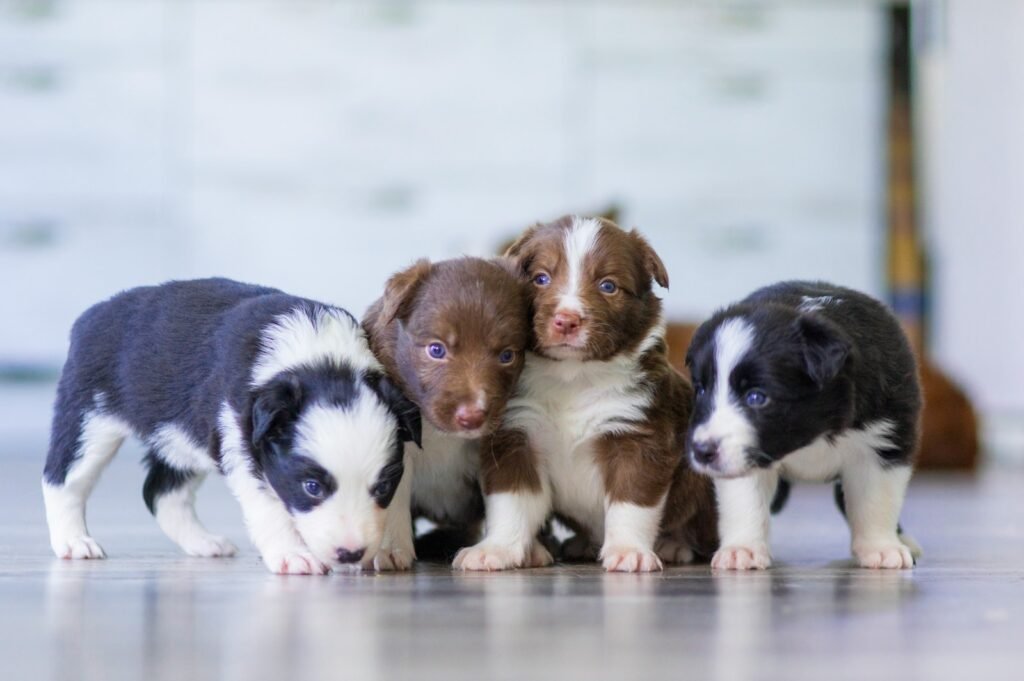
Do not breed dogs if their close relatives have congenital defects, physical problems, or inheritable behavior and temperament. Try to find out the medical histories of both parents and what percentage of related puppies has had birth defects. If the percentage of birth defects is less than 5 percent, chances are they have a very low risk of producing unhealthy offspring.
3. Avoid breeding close relatives
Breeding two dogs within the same family such as siblings, parents, grandparents, aunts and uncles has a tendency to “fix” latent defects into their offspring.
4. Do not select or breed inbred dogs
Be extra careful with dogs that are currently popular in your area because it is likely that they have been weakened by intensive inbreeding.
5. Choose breeds that best resemble their canine ancestors
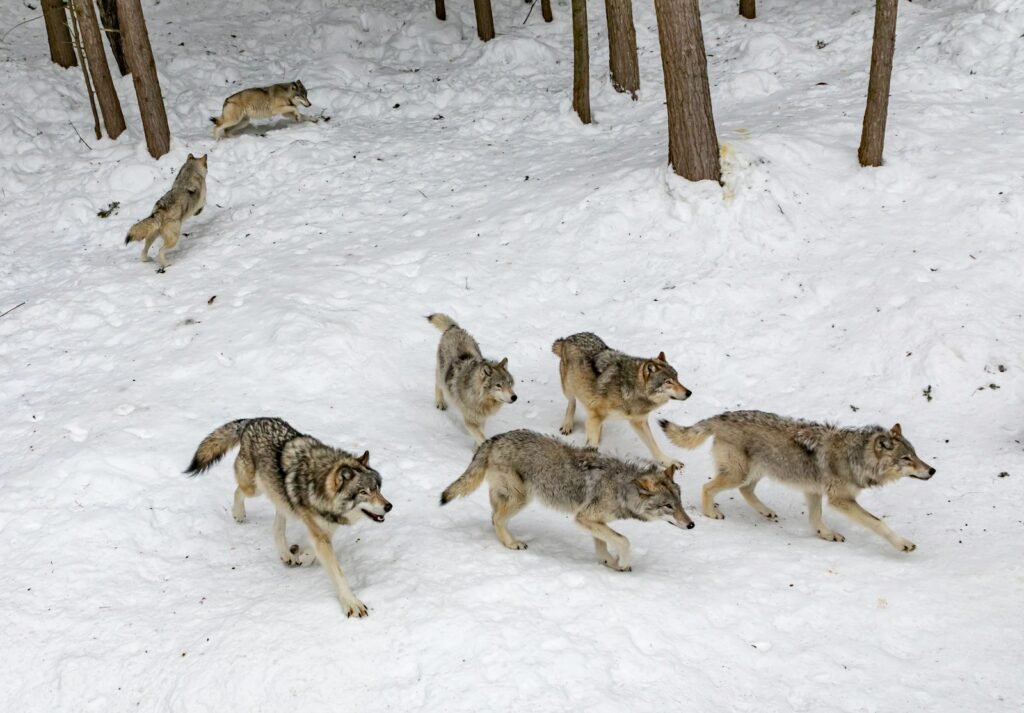
Features to look for are face shape, size, color, ear shape, coat texture and length, tail shape, and limb proportion that most closely resemble that of wolves. See if you can match at least four or five of these traits. Examples of such breeds include most of the retrievers, basenjis, shepherds, sled dogs, spitzs, and pointers.



